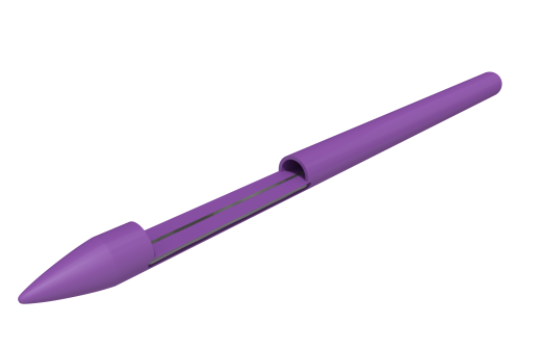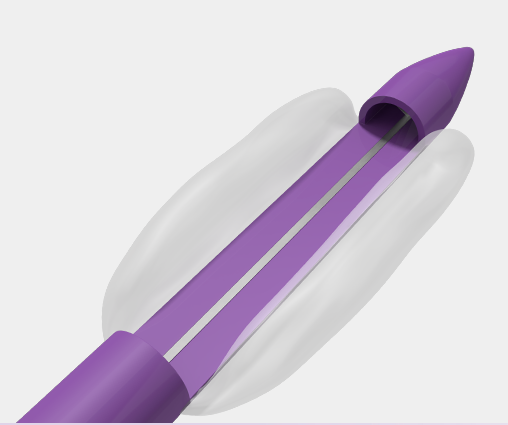Nuevo dispositivo para la Liberación síndrome del túnel carpiano
El Síndrome del túnel carpiano afecta a más de 100.00 españoles y 12 millones de estadounidenses
Se hacen miles de cirugías cada año. Nuestro equipo defiende la cirugía wake-awake.
Los procedimientos tradicionales liberación del túnel carpiano abierta y endoscópica (CTR) pueden mejorar la situación, pero pueden originar problemas – como cicatrices grandes y, a veces dolorosas, dolor palmar en curso, y un largo camino hacia la recuperación.
Con la llegada de las Terapias Ecoguiadas y la hidrodiseccion se están disminuyendo el numero de cirugías, no obstante algunos casos requieren la apertura del retináculo flexor.
Para esos casos se ha diseñado el ultra bajo perfil SX-One ™ MicroKnife Instrumento quirúrgico utiliza la tecnología desarrollada en la Clínica Mayo. Está diseñado para que los médicos realicen la cirugía de liberación del túnel carpiano a través de una sola micro-incisión con guía de ultrasonido (o con una incisión tradicional mini-abierta , con o sin guía ecográfica) al tiempo que protege la anatomía sensible durante la transección el ligamento carpiano transverso.
Patent pending technology designed to minimize surgical trauma which is associated with a faster recovery in carpal tunnel release patients
The SX-One MicroKnife™ was developed by musculoskeletal physicians and leading ultrasound imaging experts at the Mayo Clinic. The patent pending surgical instrument is designed with physicians who perform carpal tunnel release surgery under ultrasound guidance in mind.

Micro-Incision CTR with the SX-One MicroKnife™:
- Visualize the transverse carpal ligament and relevant anatomic structures either directly or via ultrasound imaging
- The SX-One MicroKnife™ is inserted into the wrist through a 3-5mm wrist micro-incision
- MicroGuards™ are deployed to create and maintain a safe zone–a barrier between the cutting blade (TCL Blade™) and the nearby nerves, blood vessels, tendons, and other sensitive structures
- When inflated, the MicroGuards™ move laterally from the shaft to expand and maintain the safe zone
- The TCL Blade™ is advanced from the tip of the device to transect the transverse carpal ligament
- The TCL Blade™ is positioned entirely within the tip and shaft of the SX-One MicroKnife™ to protect nearby anatomic structures from injury and can only be activated after the MicroGuards™ are deployed
- The TCL Blade™ is returned to the inactive position and the MicroGuards™ are deflated. The tip of the instrument is then use to probe the ligament to ensure complete transection
- The SX-One MicroKnife™ is removed, and the micro-incision can be closed with an adhesive bandage or strip; no sutures or stitches are required



